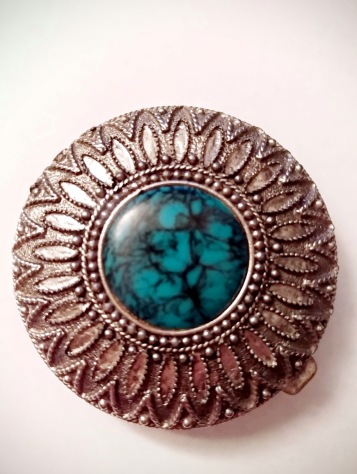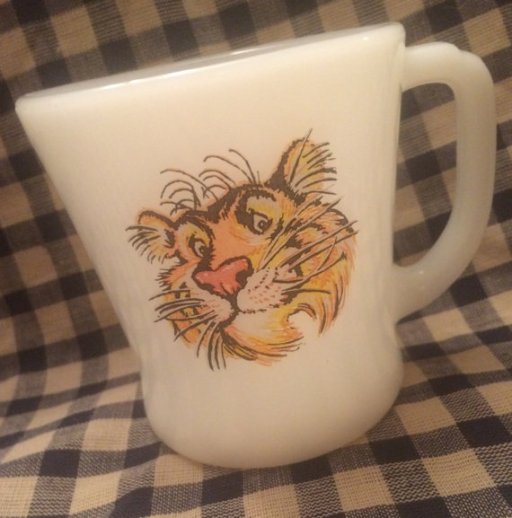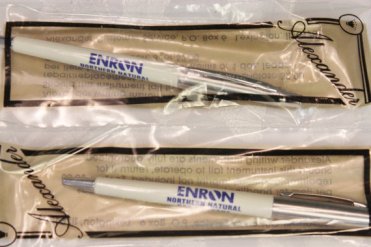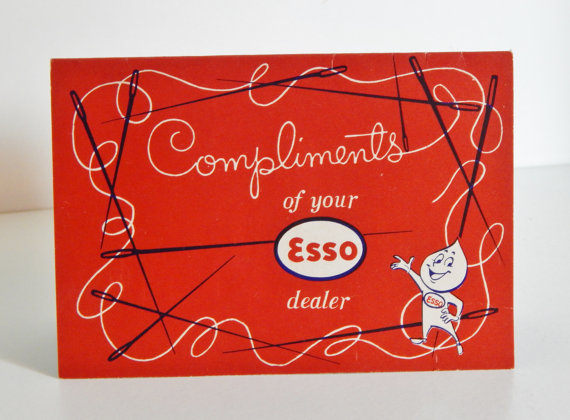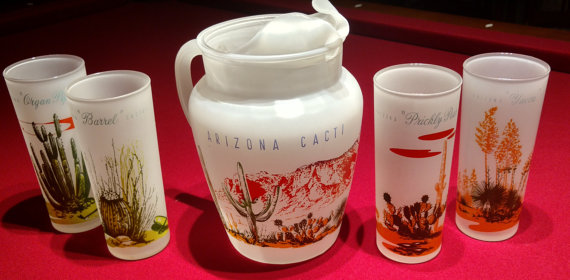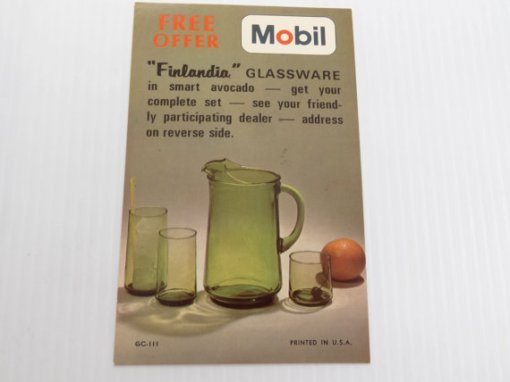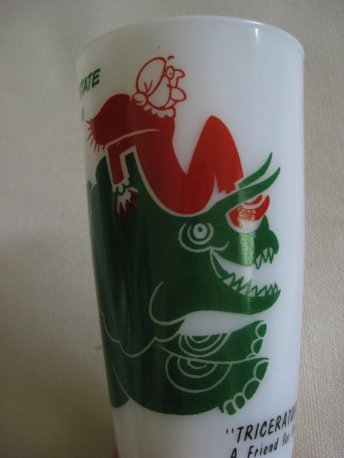I love vintage. But I think you all know that by now. I love the elegance of pieces from yesteryear. It’s not just the pieces I love, though, it’s also the architecture of the past. Today where we have plain, spare lines where there was once ornament and grace. One of my favorite things to do is to go through old houses and look at the architecture. There is such elegance in the details. Something that always catches my eye in these places are the door knobs. I can’t help it. I love the old, glass door knobs that they used to use.

In houses and apartments that have been built in the last 50 or so years, we have these utilitarian (boring) metal door knobs. They lack any grace or style. So when I see a great door knob, I have to touch it! I began to think about this the other day and wondered when they started using glass door knobs and when they went out of style.

According to Schlage, wooden doors and handles were used in ancient Egypt. They have traced doors back to Roman times with hinges that were discovered in ancient ruins. These were basic doors that pulled open. Then around 1830 until 1870 there were over 100 U.S. patents for door knobs. In 1878 the first patent for a “door closing device” (Schlage) was issued.

What spurred this flurry of patents was that in 1826 the glass pressing machine was invented. This machine allowed mass production of glass items. Door knobs were one of the first items that came out of these presses (AntiqueHomes). The patenting of “mortice latches and locks” also played an important role in the wide-spread use of the door knob, which was replacing the thumb-press door latch.

As the door knobs became important, the escutcheons became more ornate. Those brass or metal pieces that attached to the door and contain the keyhole were just as pretty as the door knobs they surrounded. During the Victorian times brass and metal door knobs were in favor. This Old House states that during WWI metal became scarce as it was needed during the war but there was plenty of sand for glass!

Many of these door knobs are collectible. According to Collectors Weekly, people look particularly for door knobs with company logos, school names and railroads. I personally like the glass ones with interesting designs and colors. The glass knobs that were produced usually featured 6, 8 or 12 facets and the faces were flat so you could see the design inside.

There were star, flower and pin-prick designs molded into the glass. Star patterns and crystal globes with bubbles were popular during the Art Deco period. Around the 1950s these lovely glass knobs began to be replaced in new suburban ranch houses around the country which was sad.
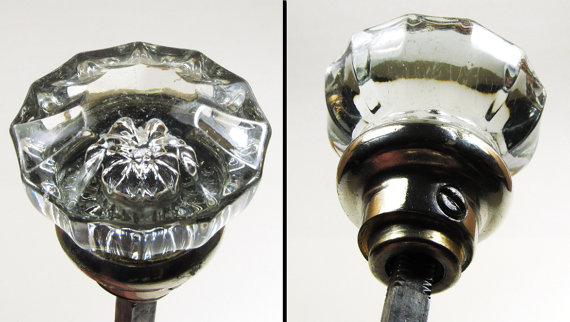
These beautiful glass creations had style and elegance which you just cannot find today unless you custom build your own house. Even then, it is hard to find the grace and style that disappeared with the mass produced houses and developments of suburbia.

I hope you have enjoyed this short historical discussion of door knobs as much as I did learning about them. If you are looking for any other vintage treasures, stop by Vintage Eve’s shop and take a look around!

Have a great week!
Check out the party at AdirondackGirl@Heart!














